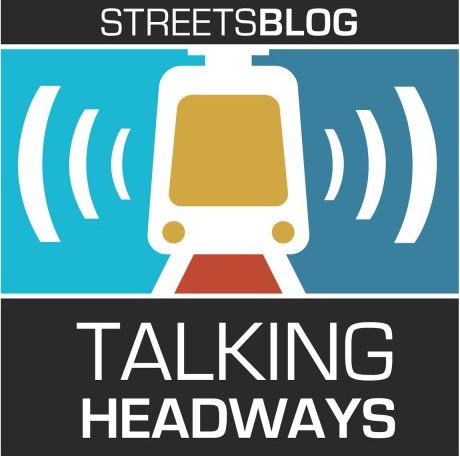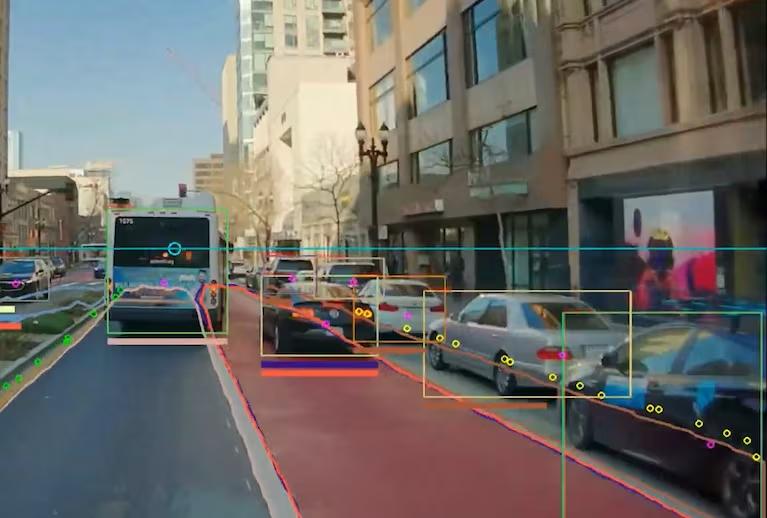This week we’re joined by Germaine Halegoua, a professor of film and media studies at the University of Kansas, to talk about her book, The Digital City: Media and the Social Production of Place. In our discussion, Halegoua talks about how people use digital media to relate to cities — whether that’s images on Instagram or through Google Maps. We also talk about how data exchange can be exploitative and how the use of internet infrastructure as a commodity rather than a utility affects equity. And finally there's a discussion about smart cities and how they try to create top down culture.
If case you prefer to read rather than listen, there's an edited transcript below the player. Enjoy:
Jeff Wood: I want to go back to something you said earlier about the scariness of these smart city applications and I also noticed a theme of extraction. People in Kansas City felt like Google was just trying to extract money from them. The smart cities are exploiting people for data, placemaking efforts are for other people. Was that something that came to your mind when you were writing this kind of general theme of extraction from people to companies, to corporations, to the people that aren't necessarily in your corner?
Germaine Halegoua: The short answer is that I wasn't maybe thinking about that particular terminology or in that particular way, but I was definitely thinking about exchange and exchange as exploitative. So the idea that you're giving something and you might not be compensated for it in a way that's beneficial to you. So that idea of "citizen as sensor" would be extraction, as you're saying, but also an exchange that's unequal — that you might be giving your bio-signs, or your mobility patterns, or your purchasing record to a new entity, not of your choosing. And they are gaining a lot more value and benefit or a different sort of value and benefit than what they are giving back to you.
So I was thinking about feedback loops and sort of inequity within these feedback loops. And we can think about it as extraction, but there's always something productive about extraction, which ends up kind of going back to the individual or not in a kind of equitable way or not. And so I was thinking about equity and inequity. But I think we're thinking about the same thing here, right? They call it exploitation. You can call it extraction.
You can also call it neoliberalism, which some of the reviewers of the book were kind of saying, "Well, aren't you just talking about market economies? Aren't you just talking about the logic of advanced capitalism?" And I think that in some ways, yes, depending on who you are and where you are positioned in sort of urban hierarchies, there are lots of different terms. But I think the relationship that you're identifying is definitely one way to put it. Definitely a theme throughout the entire book.
JW: Going back to the Kansas City and the implementation part. It was also interesting the definition that people came up with of home and of community and how the digital infrastructure was sold as something like one-per-household kind of thing. Almost like rationing. Whereas there's a lot of folks in the community that felt like, "Well, that's not how we see home," or "That's not how we see community." And so there was a disconnect, which was really interesting to me.
GH: Yeah. And I don't know that people would have articulated that or that that relationship would have been so observable if they weren't reacting to the presence of a digital media opportunity or a technology, right? So I think that one of the arguments in the book is that if we do take understandings and experiences at a place as central to understanding our relationship with digital media, we'll learn a lot more about both digital media and our relationships to place.
And I think what you mentioned is a really good example of that, that because the policy around this infrastructure and implementation was that you could only have one connection to a single household.
And it wasn't a wireless connection. It was a fiber to the home connection. And so it was a very static, very stable connection, but it was for one household, and that household was not envisioned as an apartment building. It was envisioned it as a single family home that was a standalone entity. And if we look at who owns these single family homes as a standalone entity, it's not everybody in the city, it's a particular population. So there's some inequity built into that as well. But I think just envisioning home, envisioning community, envisioning neighborhood with something, there all place-based relationships, and it was something that the implementation of a fiber network really brought to the fore that not everybody sees home mobility, community neighborhood in the same way.






